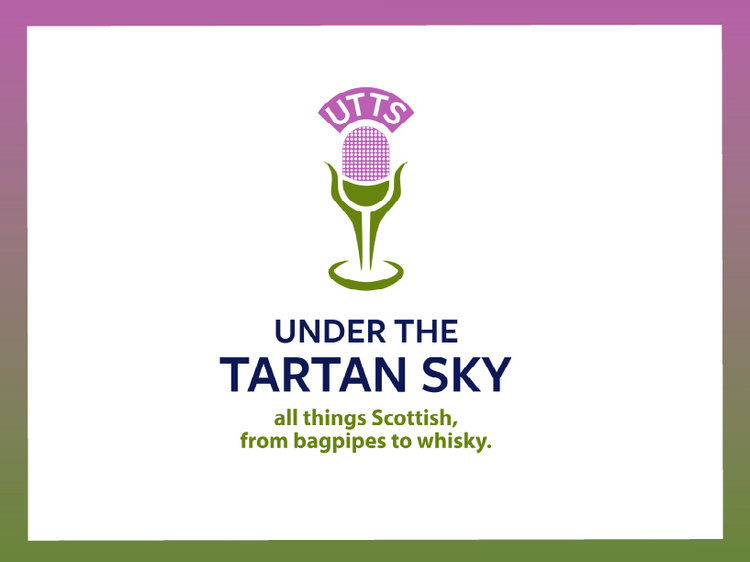The British Red Squirrel is one of Scotland’s most beloved woodland animals, and yet it is facing a catastrophic population decline and Scotland may be it’s last line of defense. As a species its range extends from Siberia to Ireland. In the global view of the Red List of the International Union for Conservation of Nature, It is not considered endangered, but the rapid decline of the population across the UK has led to a dramatic Save the Red Squirrel campaign. More on that in a moment… Once the common squirrel in the UK today only an estimated 160,000 survive with 75% of those found in Scotland. The non-native American grey squirrel, introduced as pets in the 19th century, are now characterized as inavasive. Larger and stronger, they can outcompete the red for food and habitat and greys carry and can transmit a squirrelpox virus that has no effect on them but is lethal to the reds. They are today considered to be the proximate cause of the red squirrel’s decline. But it hasn’t always been this way, nor has the red squirrel always been as beloved as it is today. Human persecution once nearly eradicated the red squirrel…
These charts show the dramatic decline i the red squirrel population in the years since the end of WWII. Note how the American grey has virtually the red from England and Wales and much of Ireland/Northern Ireland.
©Craig Shuttleworth/RSST
Author of the new book, A Scurry of Squirrels – Nurturing the Wild, Polly Pullar writes in the August 2021 issue of The Scots Magazine of the once held opinion that red squirrels “were viewed as a woodland pest – a varmint that needed to be culled.” She documents how, in the 1860’s red squirrels were so abundant that on the Cawdor Estate near Inverness in 1867, some 1164 were killed in that year alone – and that’s on just one estate. Pullar writes that a bounty of six pence per tail was paid on some estates leading to the brutal practice by some of capturing red squirrels, cutting off their tails and releasing them in the misguided belief they would grow a new tail, thus doubling their bounty. She further writes that records claim the Highland Squirrel Club accounted for the deaths of more than 82,000 between 1903 and 1929. To put that in perspective that’s roughly half of today’s remaining UK population.
Polly Pullar has had a passion for red squirrels since childhood. As a wildlife rehabilitator, she knows the squirrel on a profoundly personal level and has hand-reared numerous litters of orphan kits, eventually returning them to the wild.
In this book she shares her experiences and love for the squirrel and explores how our perceptions have changed. Heavily persecuted until the 1960s, it has since become one of the nation’s most adored mammals. But we are now racing against time to ensure its long-term survival in an ever-changing world.
Image and text courtesy of Birlinn Publishers
It was only as recently as 1981 - just 40 years ago – well within my lifetime and likely most of yours – that the red squirrel received legal protection under the Wildlife and Countryside Act. And thus today its prime enemy is the American grey which has virtually eliminated the red in all of England, Wales, and much of Ireland. Thus efforts to save the red squirrel now is focused squarely on Scotland.
The battle lines are squarely drawn in Scotland as conservationists work to save their beloved red squirrels from the bigger, stronger, and disease carrying non-native American grey squirrel.
Dr. Mel Tonkin is director of the Scottish Wildlife Trust’s “Saving Scottish Red Squirrels” project and has been since its establishment in 2009. The Trust has partnered with Scottish Natural Heritage, Forestry Commission Scotland, RSPB Scotland (Royal Society for the Protection of Birds), Scottish Land and Estates, and the Red Squirrel Survival Trust in a coordinated effort to stop the decline of red squirrels in Scotland and create conditions for them to thrive in the future.
The Great Scottish Squirrel Survey is part of the annual Red Squirrel Week and while the reporting of any and all individual squirrel sightings is encouraged, there are multiple events planned for the public as well.
One of their major undertakings is the annual Great Scottish Squirrel Survey set for 20 to 26 September this year. This event encourages the public to turn out, explore nature, and report any sightings of red, or grey squirrels. Last year, despite pandemic restrictions, some 2100 people participated and reported almost 3200 sightings.
Please enjoy my interview with Dr. Mel Tonkin and then .use the links below for even more information about Red Squirrel Week and the Great Scottish Squirrel Survey.
Key Moments:
• 06:50 How did red squirrels progress from persecuted pest to beloved woodland icon?
• 09:50 Why still such a strong population of red squirrels in Scotland?
• 12:55 How is the American grey the principal threat to the British red?
• 16:40 What efforts are underway to control the grey population?
• 22:40 Covid-19 has spurred great emergency development of vaccines to combat that virus. Is there work on a vaccine to establish immunity among red squirrels to the grey’s squirrelpox?
• 27:25 How has loss of woodland habitat across the UK and especially across Scotland impacted the red squirrel?
• 32:00 What’s the Story of Red Squirrel Week and the Great Scottish Squirrel Survey?
• 33:50 What are you hoping to learn from this year’s survey?
• 38:00 What other ways can people help with your project to save red squirrels?
• 44:00 Can reds and greys thrive living together?
• 46:15 What makes saving the red squirrel important to Scotland, the UK, and the world?
FOR MORE INFORMATION:
• Saving Scotland’s Red Squirrels (website)
• The Great Scottish Squirrel Survey (website)
• Visualizing Climate and Loss: The British Red Squirrel (report)
• A Scurry of Squirrels (book by Polly Pullar)








